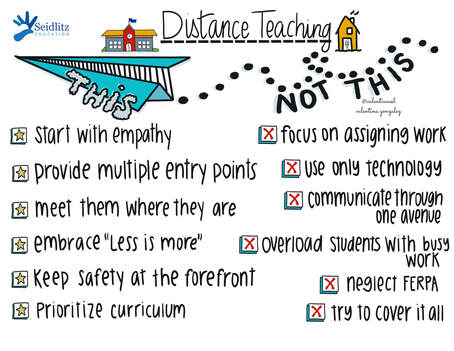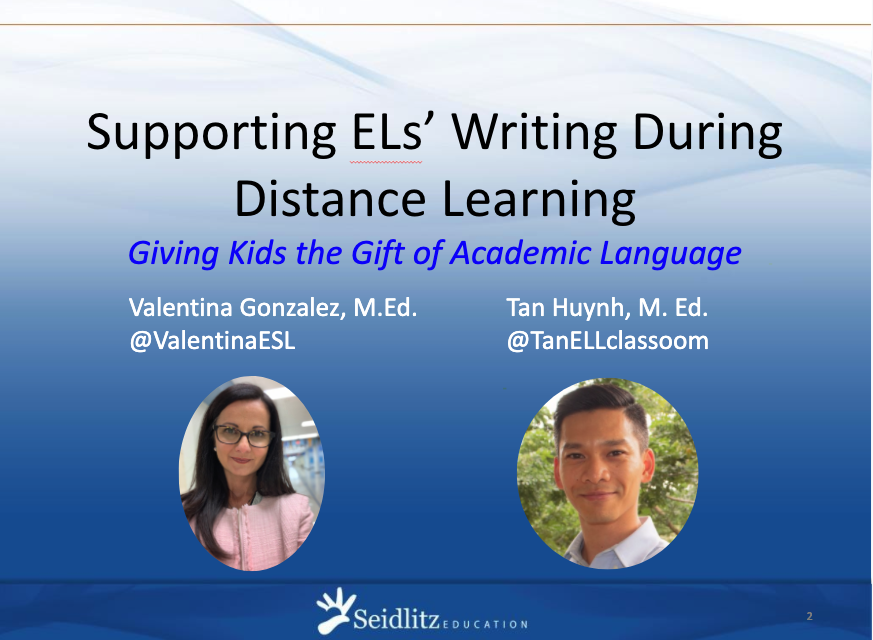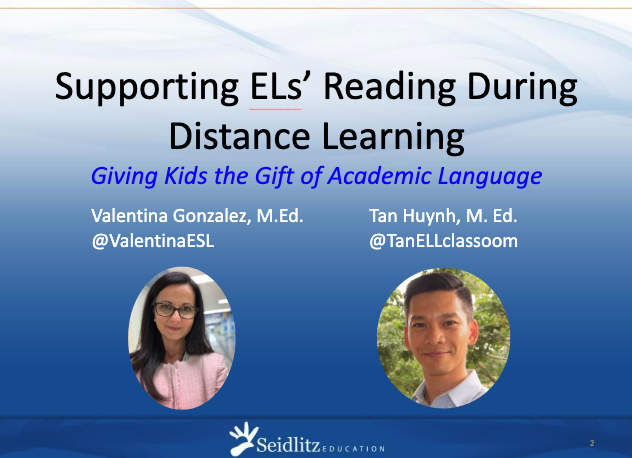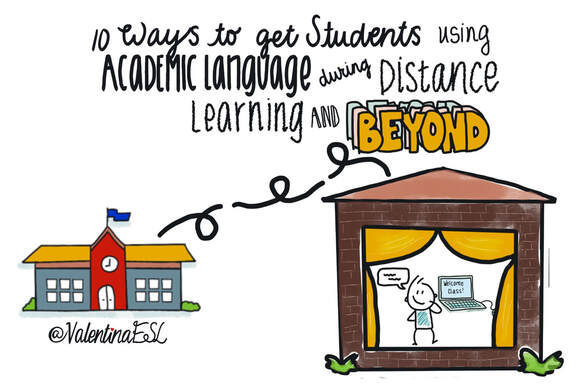|
Art teacher, Libby Beaty, teaches in Seoul, South Korea at Seoul Foreign Middle School. I came across her Twitter handle in April and was instantly hooked. But I didn’t know how much I would actually love her until after I asked her to answer a few questions for me. When I read her responses, my heart filled with joy and I couldn’t wipe the smile off my face. It was Teacher Appreciation Week and this is yet another example of a teacher we must celebrate!
Here's the art project that Libby shared on Twitter and that she had her students do. It went pretty much viral. When I saw it, I reached out to Libby on Instagram and asked if I could “interview” her about her work. I asked her a series of questions. Here’s how it went.
0 Comments
I'm hearing from colleagues, family members, close friends, and educators around the globe that they are worried about students not getting enough instructional time right now while schools are closed due to the Corona virus. Parents are stressed. Teachers are overworked. Kids are confused. And we're all just trying to figure this out while it's happening (very quickly)!
The biggest concern from teachers is about the kids they aren't hearing from on online platforms or through other means of communication. What are they doing? Are they learning? What's going on? And how can I help? Guess what...students are learning a lot at home. We might just have to help families refine daily practices a little. So here's what I suggest. If you'd like to watch the free, brief webinars that Tan Huynh and I did on Reading and Writing with ELs during Distance Learning, they are available on this website along with the presentation slides. Stay well friends. Pivoting instruction to meet the needs of students and families has been a challenge for teachers across the world since the COVID-19 pandemic. But through collaboration and continued support, we are working together to serve students. Thank you all for everything you are doing to ensure that ELs are receiving the support they need.
This article originally posted on Middle Web on 1/6/2019. This is an updated version that includes how to promote academic language during distance learning.
“My kids seem to speak English well, but when it comes to academic tasks, they struggle.” We often wonder why English learners have a difficult time with standardized tests and essays in content areas but are able to communicate with peers and get along fairly well on a day to day basis. The reason behind it may be that academic language is different from everyday language. Academic language takes from 5-7 years to acquire while social or conversational language (often known as BICS, basic interpersonal communicative skills coined by Jim Cummins) only takes 2-3 years. What we know is that students need to make greater gains in academic language in order to become successful in school and post secondary. Academic language is the language of the content area of instruction. It is the textbook talk and vocabulary and syntax used in lectures and class presentation. It is not just single words and includes phrases and sentences as well. It is critical that English learners are offered many opportunities on a daily basis to practice using academic language. Why? We have to consider that some English learners go home to environments where they speak another language in the home. And that is awesome! Bilingualism has great benefits. However, to develop bilingualism, when they are in our classrooms or under our instruction, we have to build as many opportunities as possible for English language development using domain specific vocabulary. We have to put the language in their mouths. Other students (including native English speaking students) may go home to English speaking households, but the level of vocabulary or conversation may not be where we’d hope. This is yet another reason why our instruction (be it face to face or remote) needs to be filled with opportunities for students to use academic language. How can we get students to use academic language? Below you will find 10 ways to get students, especially English learners, practicing academic language in your classroom and beyond. |
Categories
All
|








 RSS Feed
RSS Feed
